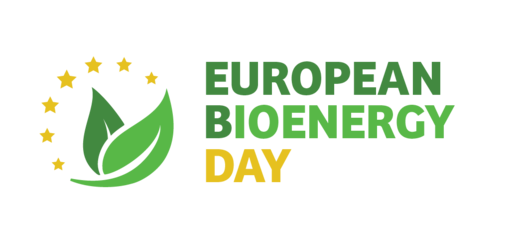Grinding (or shredding), screening (or sieving) and drying operations are carried out in the context to enhance solid fuels. These operations should help switching from a raw material to a homogeneous fuel, easy to handle with an optimal energy recovery.These techniques can also be used for the manufacture of other products for material applications.
Grinding/Shredding
The fragmentation of the biomass by grinding aims at obtaining a more homogeneous and fluid product that makes it consumable in different types of heating installations:
- Wood (waste wood, wood industry by-products, wood for silvicultural activities),hedges and short rotation coppice
Depending on the type (trees, sawdust, waste wood), the shape (large diameter, thin branches, various pieces of wood) or the level of contamination (stones, metals) in the biomass, either hammer or knife/flakers mills will be chosen. Hammer mill installations give a product of relatively irregular particle size, of defibrated appearance (crushed), while knife/flakers mills produce more regular particle size called wood chips.
Miscanthus and tall fescue
In the case of perennial herbaceous crops, grinding is carried out during harvesting with a maize forage harvester. It results in the creation of small pieces of a few centimeters, called agrofuels – if their final use is energy. They can also be used as mulch or litter and enter into the manufacture of insulation and biocomposite materials.
Screening
After grinding, screening, also known as sieving, is an operation aimed at separating fragments that are too thin or too large to retain only the product’s ideal granule size,according to the combustion technology used. There are oscillating, disc, drum or vibrating screen technologies.
Drying
Biomass usually contains a lot of water when harvested (apart from miscanthus which is harvested dry). It is well known that water is the enemy of fi re. Drying is therefore a very important step in the processing of a biomass fuel, because it will allow it to increase its calorific value (the amount of heat available) by eliminating the water. Drying may be natural or “artificial”. The second category covers a wide range of techniques (kiln drying, dehumidification kiln, solar kiln, etc.)
